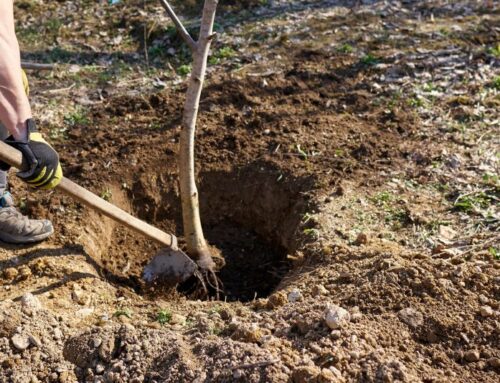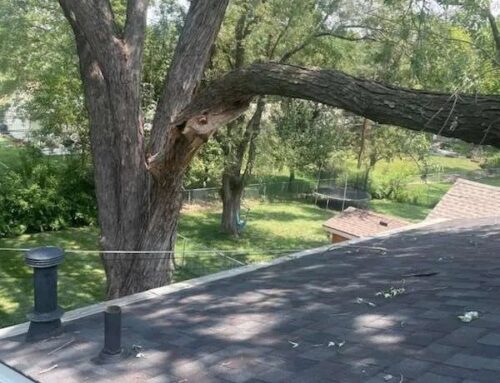With their elegant, evergreen foliage, cypress trees are a popular choice for landscaping. Their lush, year-round color adds a pop of green to gardens, driveways, and fences. However, even evergreen trees turn brown sometimes, signaling potential health issues. Keep your cypress trees thriving by understanding the causes and solutions for unwanted browning!
Why Is My Cypress Tree Turning Brown?
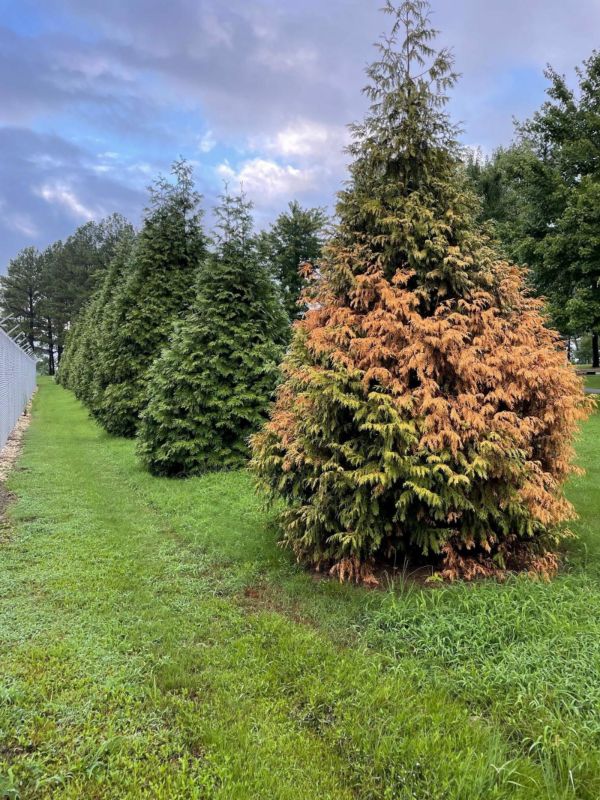
Many factors can lead to a cypress tree turning brown, ranging from environmental stress to diseases. Some of the most common causes are:
- Drought Stress – Lack of water can cause needles to dry out and turn brown, especially during hot summer months.
- Overwatering and Poor Drainage – Too much water can suffocate the roots and lead to root rot, a common cause of browning.
- Fungal Diseases – Diseases such as cypress canker and needle blight can cause foliage discoloration and dieback.
- Pest Infestations – Insects like spider mites and cypress bark beetles can damage the tree, leading to browning foliage.
- Nutrient Deficiency – Poor soil conditions can lead to a lack of essential nutrients, causing the tree to lose its green color.
- Environmental Factors – Extreme temperatures, windburn, and pollution can also contribute to browning.
Effective Treatment Options for Browning Cypress Trees
If your cypress tree is showing signs of browning, address the underlying issue to bring it back to life! Here are some treatment options that can help.
Adjusting Watering and Soil Drainage
Water is essential for all trees, but both too much and too little do more harm than good. Follow these tips to find the sweet spot.
- Avoid underwatering – Cypress trees need consistent moisture, particularly in dry seasons. Deep watering once or twice a week can help maintain adequate hydration.
- Prevent overwatering – Make the soil has proper drainage to prevent root rot. If the area tends to hold water, consider amending the soil with sand or organic matter to improve drainage.
- Mulch for moisture retention – Apply a layer of mulch 2-4 inches thick around the tree base to help regulate soil moisture and temperature. Avoid piling mulch against the trunk as that can cause trunk or root rot.
Pruning and Disease Management
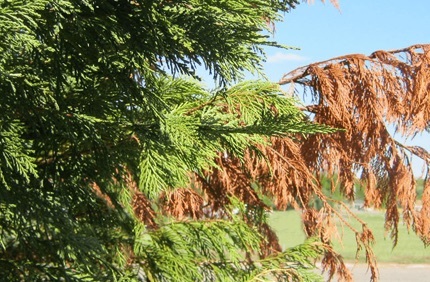
Proper pruning combined with tree pest control and disease management can prevent further damage and promote healthy growth.
- Remove infected branches – Trim away any dead or diseased branches to stop the spread of infection and improve airflow.
- Apply fungicides when necessary – If fungal infections like cypress canker or needle blight are present, a proactive treatment of fungicide will help control the disease.
Fertilization and Soil Health
Tree fertilization with the right nutrients can help a cypress tree recover from stress and maintain its green foliage.
- Use a balanced fertilizer – A slow-release fertilizer with nitrogen, phosphorus, and potassium can support healthy growth.
- Test soil for deficiencies – Conducting a soil test can determine if additional nutrients like iron or magnesium are needed.
- Amend poor soil – If the soil lacks organic matter, adding compost or well-rotted manure can improve its nutrient content and structure.
Preventative Care to Keep Cypress Trees Green
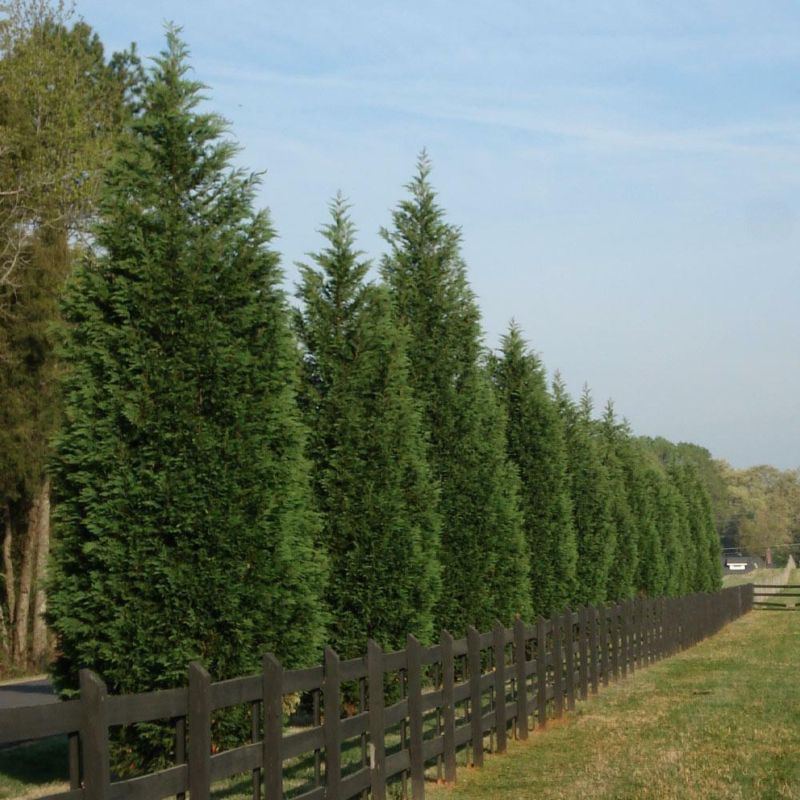
Proactive tree care can help prevent future browning and maintain the tree’s health.
- Choose the right planting location – Ensure your cypress tree is planted in an area with well-draining soil and proper sunlight exposure.
- Monitor for pests – Regularly inspect the tree for signs of insect activity and apply appropriate treatments if needed.
- Water properly – Establish a consistent watering routine, adjusting for seasonal changes.
- Schedule routine maintenance – Periodic pruning, fertilization, and disease monitoring can prevent problems before they escalate.
When to Call a Professional Arborist
While some tree care issues can be managed at home, there are cases that require expert attention. Contact a professional arborist if the tree is severely browning and showing widespread dieback. If there are signs of a serious disease or pest infestation, a licensed professional can apply the correct treatment. And if the tree is leaning or showing structural instability, definitely reach out to the pros to help keep yourself safe!
Conclusion
Cypress trees add greenery to any landscape, but when they turn brown, it’s a sign that something is wrong. By identifying the cause and using the right treatment, you can turn a browning cypress from an eyesore back into a beauty. Contact us today to schedule an assessment and keep your cypress trees thriving!


